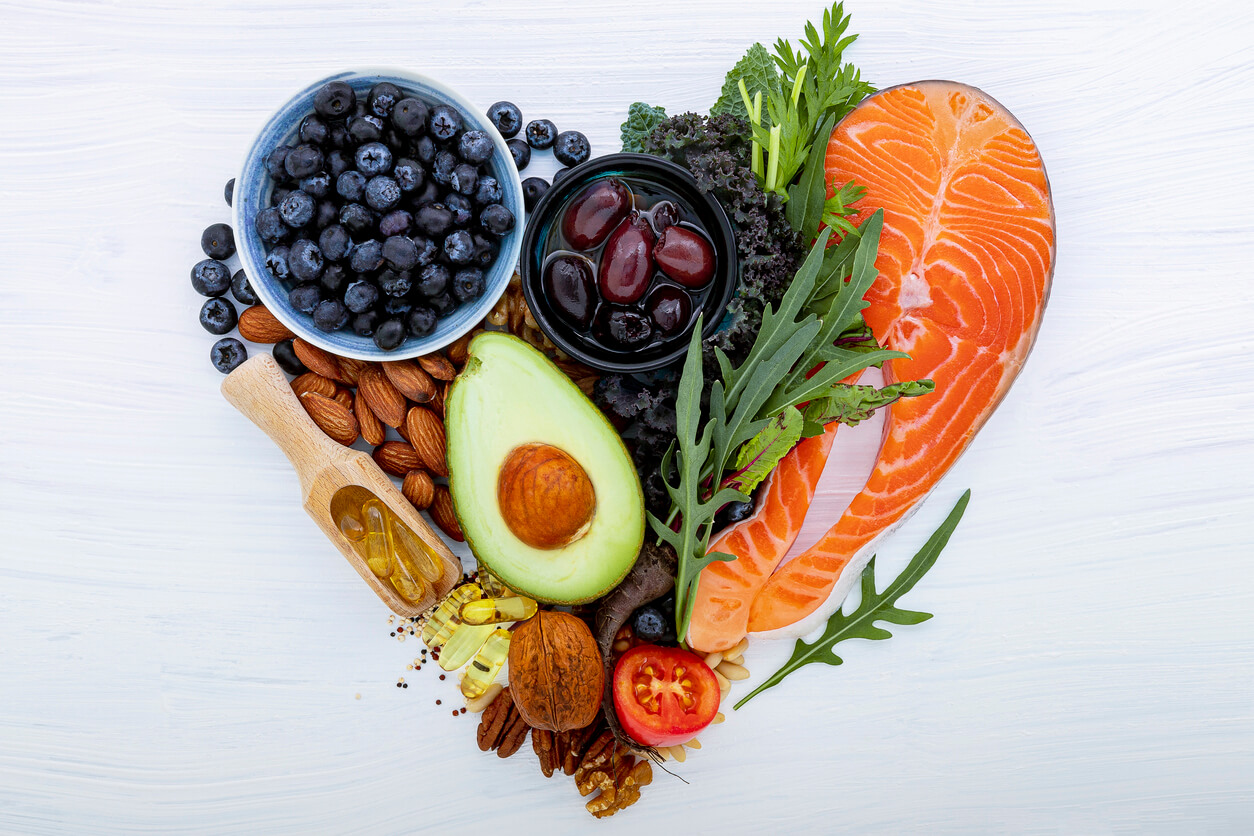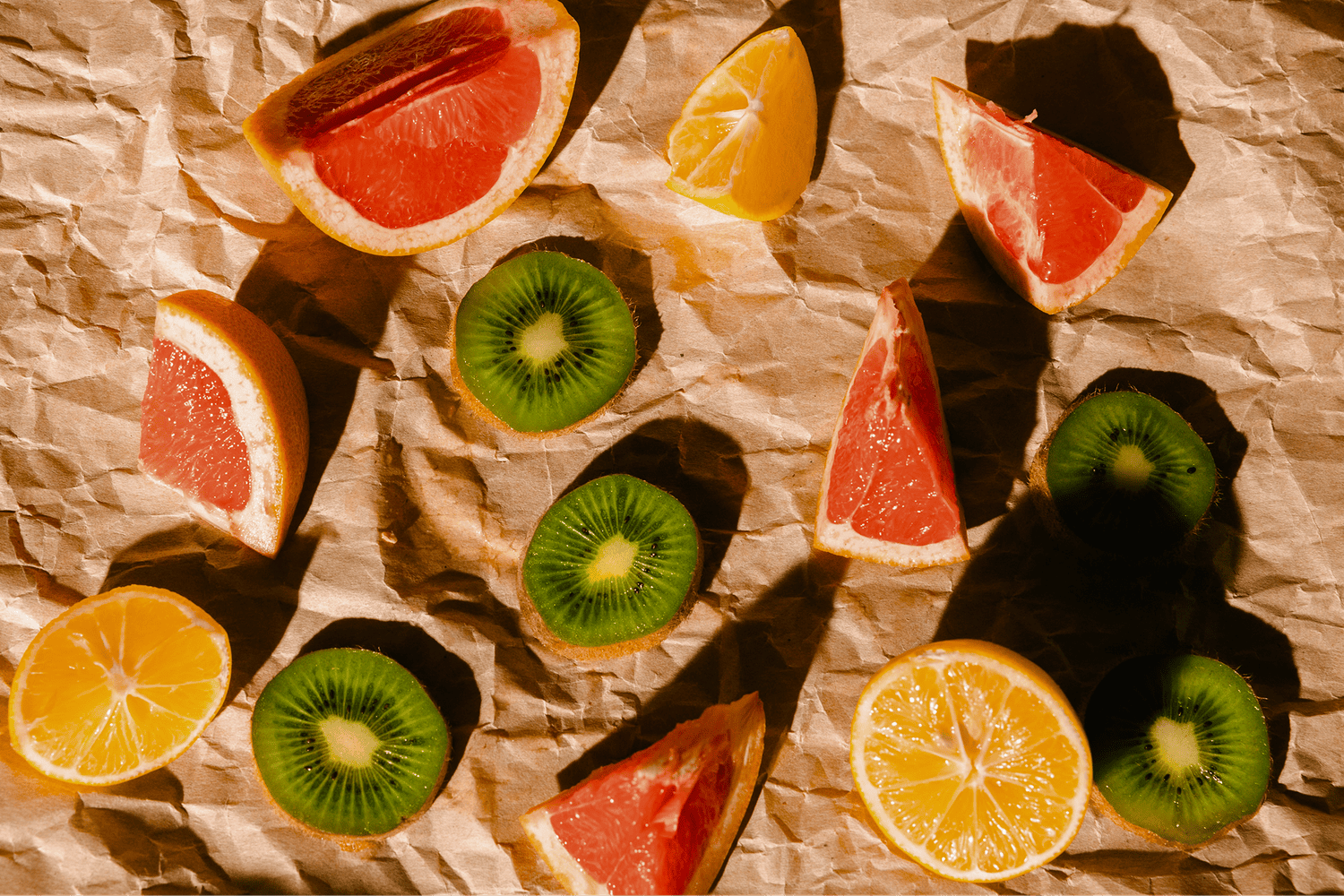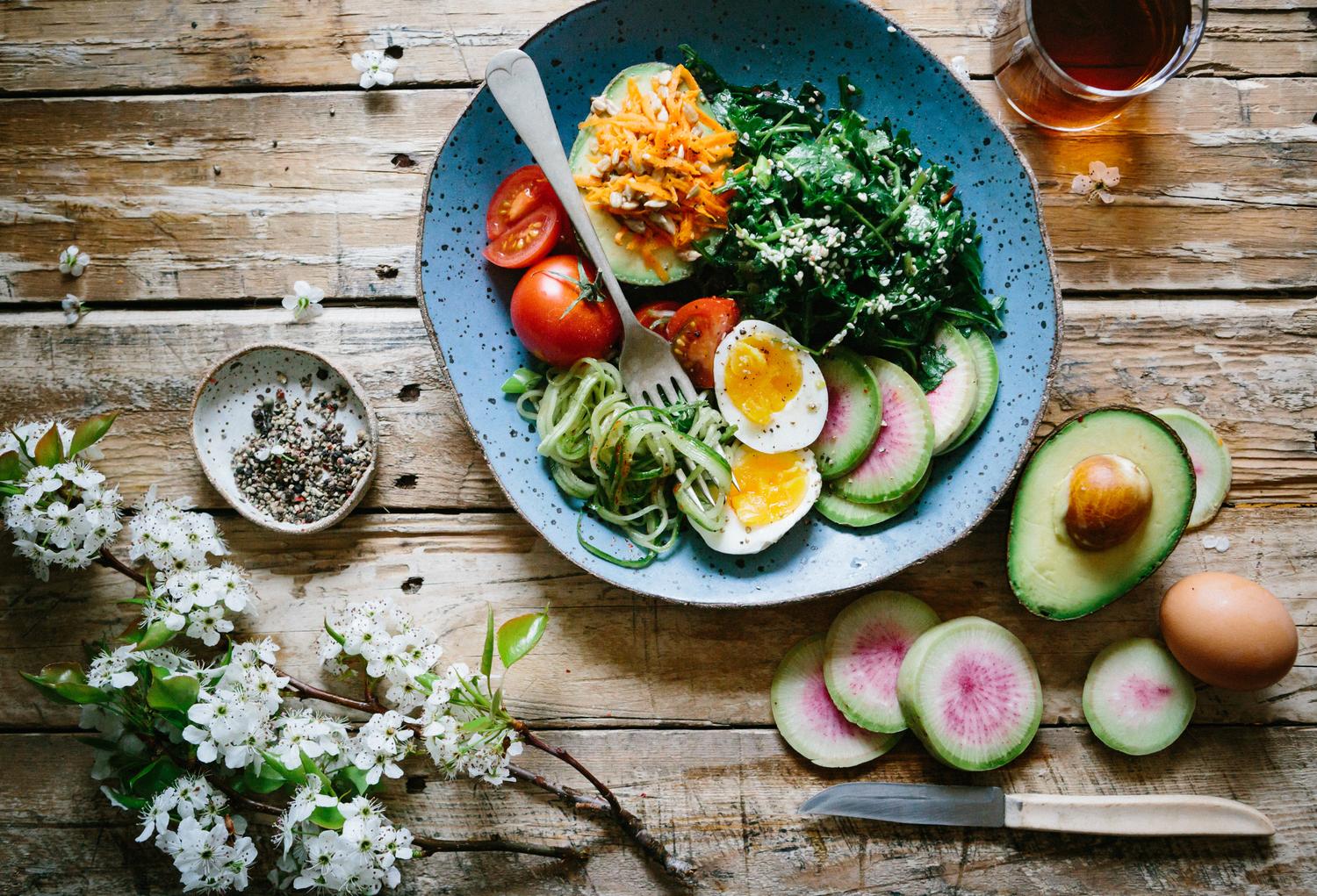The DASH Diet: What to Know About Heart-Healthy Eating
A guide to the DASH diet for heart health
The DASH diet is a heart-healthy eating plan specifically designed to help lower blood pressure in patients with hypertension (high blood pressure). It was introduced by the National Heart, Lung, and Blood Institute in 1997 and is one of the most effective ways to prevent and treat high blood pressure.
This article provides a general overview of the DASH diet and how to use it effectively to manage blood pressure.
What is the DASH diet?
DASH stands for Dietary Approaches to Stop Hypertension. It is a balanced and flexible eating plan for heart health developed by the National Heart, Lung, and Blood Institute and recommended by the American Heart Association to help prevent and treat high blood pressure.
Other health benefits of the DASH eating plan include:
- Reduced risk of heart attack, stroke, and heart disease
- Lowered LDL cholesterol levels
- Weight loss
- Helps prevent and manage type 2 diabetes
- Reduced risk of gout
- Reduced risk of kidney stones and kidney disease
The DASH diet allows you to eat a wide range of nutrient-rich foods while limiting your intake of certain foods that can raise blood pressure and cholesterol levels.
How does the DASH diet work?
The DASH diet focuses on nutrient-dense foods that have been shown to lower blood pressure. The American Heart Association ranked the DASH diet as the healthiest diet in their healthy diet rankings (beating out vegetarian, vegan, and Mediterranean diets). The DASH diet encourages you to eat various foods rich in heart-healthy minerals. These minerals include:
Calcium: Calcium is critical for the health of your immune system. It also helps your blood vessels tighten (contract) and widen when needed. Too much calcium can raise your blood pressure. However, most Americans do not get enough calcium from their diet.
Potassium: Potassium helps your kidneys remove excess sodium (salt) from your blood through your urine. Excess sodium levels in your blood can contribute to high blood pressure. By lowering these levels, potassium works to lower blood pressure.
Magnesium: Magnesium helps control calcium levels, too much of which can raise blood pressure. Magnesium also acts as a vasodilator; it relaxes blood vessels throughout the body, making it easier for blood to flow to and from the heart. Increased blood flow lowers blood pressure.
The DASH diet also emphasizes foods high in fiber and lean proteins.
Fiber clears low-density lipoprotein (LDL) cholesterol—also known as “bad cholesterol”---out of the digestive tract. It also manages blood sugar (which can affect blood pressure).
Protein helps manage your weight because it takes more calories to digest than carbohydrates or fat. It also makes you feel full, which can reduce your food intake throughout the day.
The DASH diet is an eating plan focusing on nutrient-dense food while limiting your sugar and sodium intake and how much saturated fat you eat.
What foods can I eat on the DASH diet?
The DASH diet encompasses a wide range of food groups.
The National Heart, Lung, and Blood Institute offers the following recommendations for a 2,000-calorie-per-day eating plan.
Whole Grains (like brown rice, oatmeal, or whole wheat bread): 6-8 servings daily. A serving size of whole grains is 1 slice of bread or ½ cup of rice or pasta.
Vegetables (like leafy greens, beets, or broccoli): 4-5 servings daily. A serving size of vegetables is usually ½ to 1 cup of raw vegetables.
Fruit (like citrus fruits, blueberries, or watermelon): 4-5 servings per day. A serving size of fruit is usually ½ cup to 1 cup of cut fruit or 1 whole medium fruit.
Lean meats, fish, and poultry: 6 servings or less daily. A serving size of lean meat, poultry, or fish is 1 ounce cooked. One whole egg also counts.
Fat-free or low-fat dairy products: 2-3 servings per day. A serving size of dairy food is 1 cup of milk or yogurt or 1.5 ounces of cheese.
Nuts, seeds, and legumes (like peanut butter, lentils, or dry beans): 2-3 servings daily. A serving size of these foods is 2 tablespoons of nut butter, ½ cup of cooked dry beans, or ⅓ cup of nuts).
Fats and oils (like olive oil, vegetable oil, or light salad dressing): 2-3 servings daily. A serving size is 1 teaspoon of vegetable oil, 1 teaspoon of margarine, or 2 tablespoons of light salad dressing.
Sweets (like jelly or jam, sorbet, or lemonade): Less than 5 weekly servings. A serving size is 1 tablespoon of jam, ½ cup of sorbet, or 1 cup of lemonade.
The DASH diet is low-sodium, meaning you eat fewer daily servings of salt than usual. If you are on a 2,000-calorie-per-day eating plan, the DASH diet limits your sodium intake to 2,300 mg per day. If you are eating fewer calories or have received specific instructions from your healthcare provider, this may be reduced even further to 1,500 mg per day.
Note that the number of servings per day is based on your age, health history, activity level, and calorie needs. Some individuals may be asked to reduce the number of servings listed above. Talk to your healthcare provider or a registered dietitian about the meal plan that is right for you.
Foods to avoid on a DASH diet
While the DASH diet incorporates various nutritious foods, some should be avoided or cut out entirely. In general, the DASH diet limits the amount of sodium, sugar, and saturated fat. These substances all contribute to elevated blood pressure levels and are counterproductive to a healthy diet.
Limit or avoid the intake of foods/ beverages like:
- Fatty meats or red meat
- Full-fat dairy
- Tropical oils (like palm oil or coconut oil)
- Fried foods
- Sugar-sweetened beverages
- Sugary foods
- Foods that are high in sodium (like jerky, deli meat, and frozen meals)
- Alcoholic beverages
Is the DASH diet safe?
The DASH diet is a safe and effective way to manage blood pressure. It is less restrictive than other diets and does not involve dramatically reducing the amount of food you eat daily.
If you have a pre-existing medication or health concerns, it’s a good idea to talk to your healthcare provider before starting the DASH diet. Let them know if you have any food allergies or sensitivities they should know about.
You should also know that many foods in the DASH diet are high in fiber. Quickly increasing fiber intake can lead to an upset stomach, increased bowel movements, and other gastrointestinal symptoms. If you have a history of GI conditions or problems, talk to your provider about gradually increasing fiber intake to prevent discomfort.
DASH diet resources:
Radically changing the way you eat can be daunting. If you want to know more about meal planning for the DASH diet, check out these helpful resources:
- DASH diet Weekly Meal Plan (from NHLBI)
- Heart-healthy recipes (from NHLBI)
- Weekly shopping lists (from the American Heart Association)
How Sesame can help
If you have been diagnosed with high blood pressure or have concerns about managing your blood pressure, book an online doctor appointment on Sesame to talk to a licensed healthcare provider today. Providers on Sesame can offer medical advice, help create an eating plan for you, or prescribe blood pressure medication if appropriate. Talk to a provider and start treatment right away.
Related posts

The DASH diet is an eating plan that helps lower blood pressure. Learn more about 20 heart-healthy foods that you can eat on the DASH diet and more health tips.

Celebrate National Heart Month by preparing these delicious, heart-healthy recipes.

Gestational diabetes is a condition that arises during pregnancy when a pregnant woman experiences elevated blood glucose levels, also referred to as blood sugar levels.

Learn which fruits are best for diabetes, how glycemic index and load affect blood sugar, and get tips for managing your diet. Consult a healthcare provider on Sesame for personalized advice.

Can high blood pressure cause headaches? Learn more about the connection between these conditions, the symptoms of high blood pressure, and treatment options.

You can indulge in a warm-weather feast without spiking cholesterol levels. These heart-healthy swaps allow you to enjoy a guilt-free grilling session.

Heart disease is the leading cause of death for Americans. Learn more about the importance of heart health and how to improve yours with these lifestyle tips.

If you or your guests are looking for dairy-free, gluten-free, and vegan options, here are four easy-to-adjust, healthy Thanksgiving side dishes that everyone will love.

What you eat matters - especially as you age. Hear from a functional nutritionist on what foods impact your bone health as you age.
